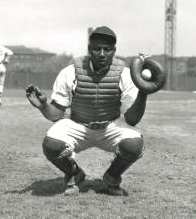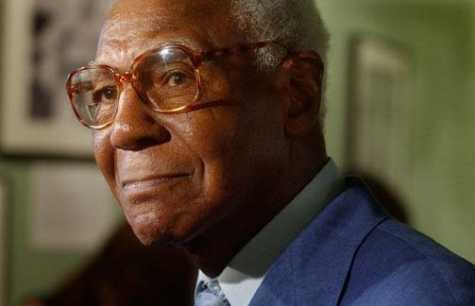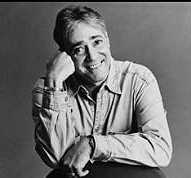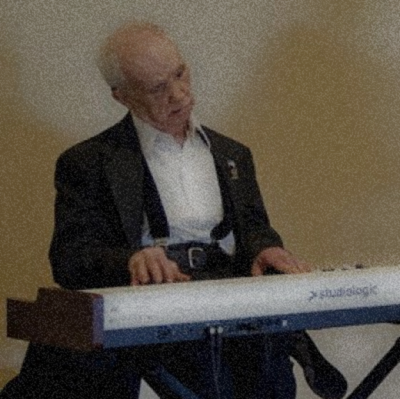From the Interview Archive: Neil Lanctot, author of Negro League Baseball: The Rise and Ruin of a Black Institution
In May of 2024, Major League Baseball announced that it is absorbing available Negro Leagues statistics into the sports official record books. In this 2004 interview, Neil Lanctot, who painstakingly reconstructed the institutional history of Black professional baseball, talks in detail about the league’s important role in the sport (and country) during the height of its existence.
...June 28th, 2024














































